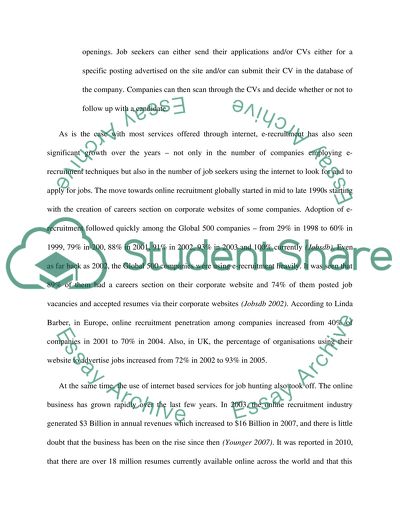Cite this document
(“Managing human resources Coursework Example | Topics and Well Written Essays - 2500 words”, n.d.)
Retrieved from https://studentshare.org/psychology/1425664-managing-human-resources
Retrieved from https://studentshare.org/psychology/1425664-managing-human-resources
(Managing Human Resources Coursework Example | Topics and Well Written Essays - 2500 Words)
https://studentshare.org/psychology/1425664-managing-human-resources.
https://studentshare.org/psychology/1425664-managing-human-resources.
“Managing Human Resources Coursework Example | Topics and Well Written Essays - 2500 Words”, n.d. https://studentshare.org/psychology/1425664-managing-human-resources.


